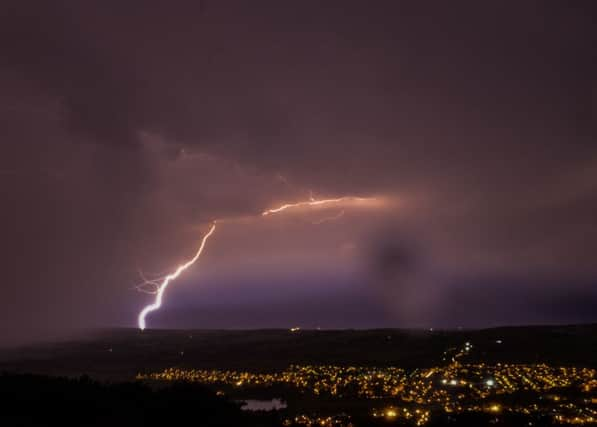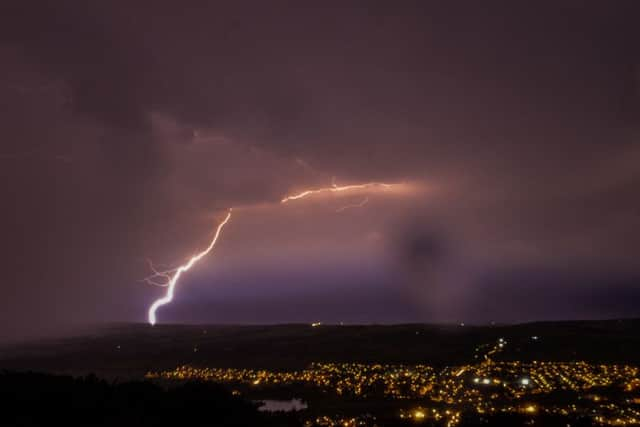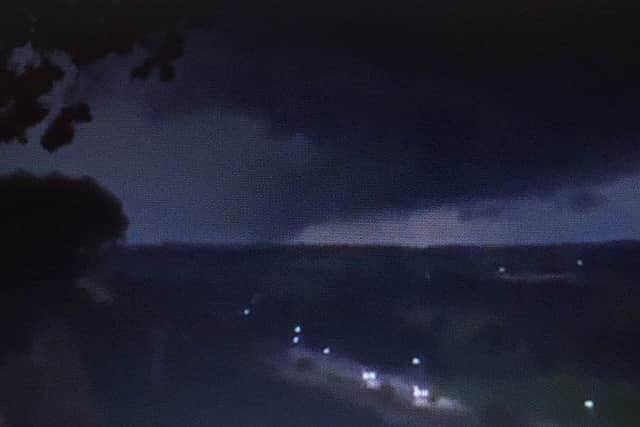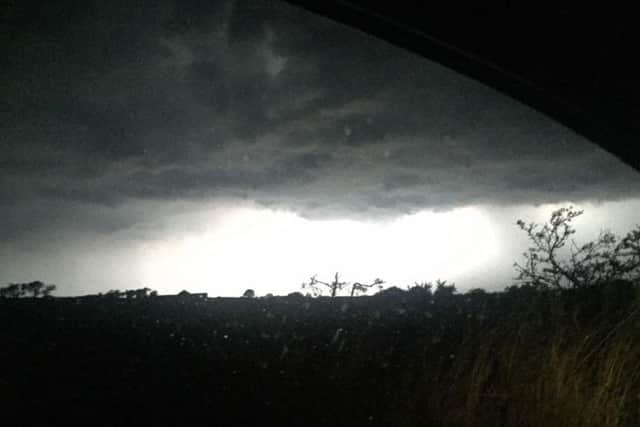What WAS the '˜tornado' spotted in Sheffield? The science we know and the secrets we don't


Genuione tornadoes are relatively rare outside North America, although they can hit most almost anywhere. Two of the highest concentrations of tornadoes outside the USA are Argentina and Bangladesh.
Advertisement
Hide AdAdvertisement
Hide Ad

A tornado is a narrow, violently rotating column of air from the base of a thunderstorm to the ground. They are hard to spot unless they form a “condensation funnel” of water droplets, dust and debris.
The peak season for tornadoes is May to July, but they can occur at any time of year. We don’t fully understand how they are formed.
Advertisement
Hide AdAdvertisement
Hide AdLast night, onlookers could be heard remarking, “Oh my God, stop it now! It’s a tornado...! This is too scary.”


But in truth, they were probably looking at clour pattern that resembled a tornado - the wind strength of a real one would have been considerably stronger.
The Met Office had issued only a “yellow warning” for rain in Yorkshire, adding that deluge could cause flash flooding and travel disruption.
It had been a very different picture earlier in the day as sun seekers made the most of the heatwave. Yesterday was the hottest day of the year so far and with the highest top temperature in September for more than 100 years.
Advertisement
Hide AdAdvertisement
Hide AdAccording to Professor Piers Forster, director of the Priestley International Centre for Climate at Leeds University, the UK is generally getting warmer as a result of global greenhouse gas emissions, and this is leading to more frequent heatwaves like those seen this week.


He told The Yorkshire Post: “The rainfall story is more complex – winters are getting warmer and wetter but the jury is still out on whether our summers will be wetter or drier. A lot of us are enjoying today – but we need to remember that heatwaves are killers.
“The 2003 summer heatwave killed over 20,000 people across Europe, from heat stress and air pollution.”